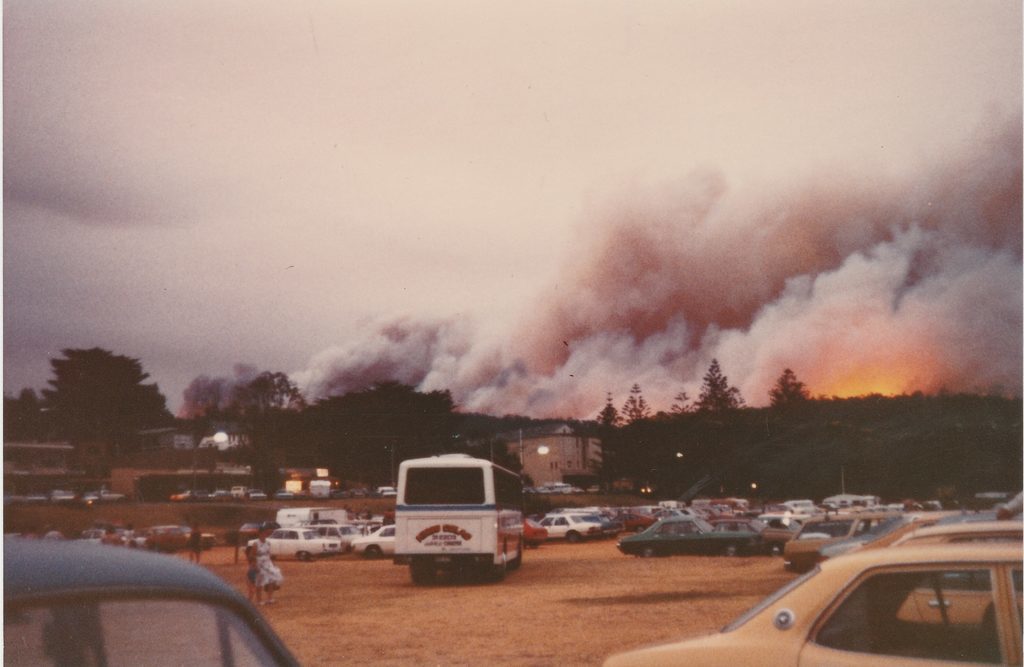“Off the scale”: Fire report outlines catastrophic conditions
SCORCHING temperatures and gale-force winds caused fire danger beyond authorities’ capacity to measure in the evening of Ash Wednesday 1983, according to reports prepared in the day’s aftermath.
A behaviour report for the fire codenamed “Otways Fire no.22” was prepared by a predecessor for the state government agency now known as Forest Fire Management Victoria in the months following the blaze.
The report describes a “ferocious” fire storm that scorched recently burnt vegetation up to 100 metres away, created a “fire tornado” that uprooted 15-metre-high trees, “disintegrated” outbuildings and tore roofs of houses.
At the time, lead agencies used a scale of 0-100 to measure Fire Danger Index (FDI), which calculated risk based on weather conditions.

In the Otways on Ash Wednesday, the FDI surpassed 100 just after 3pm when the fire was first reported and remained above that figure until after 7pm, when a south-westerly wind had sent a 15-kilometre fire front east along the Surf Coast from Lorne.
“The situation stabilised somewhat while the wind remained in the north-west but at approximately 1900 hours it changed to the south-west and strengthened,” the report stated.
“The entire north-eastern flank flared up and spread rapidly on a 15km front, with substantial crown fire development and long distance spotting.”
A cool change saw the FDI to dip rapidly from early evening, but the sheer size and extent of spot fires spreading ahead of the fast-moving blaze meant it was already impossible to control.
Weather stations surrounding the fire front recorded temperatures north of 40 degrees shortly before the blaze and maximum winds of up to 110kmh at around 6.30pm.

That range is recorded as an 11 or “violent storm” in the internationally recognised Beaufort Scale, and just short of the 118khm benchmark for the maximum rating 0f 12, or hurricane-force.
Minimal fuel reduction burning, the length of time since a large wildfire and dry conditions in proceeding season also meant fuel had increased to high levels.
Other findings included dismissal of a theory that Trotter’s sawmill at Deans Marsh was responsible for the start of the fire.
The 1983 report and subsequent investigations have cleared the sawmill of fault, finding the fire started west of the business before spreading to timber stacks at the property, causing the blaze to be out of control within 20 minutes.


















